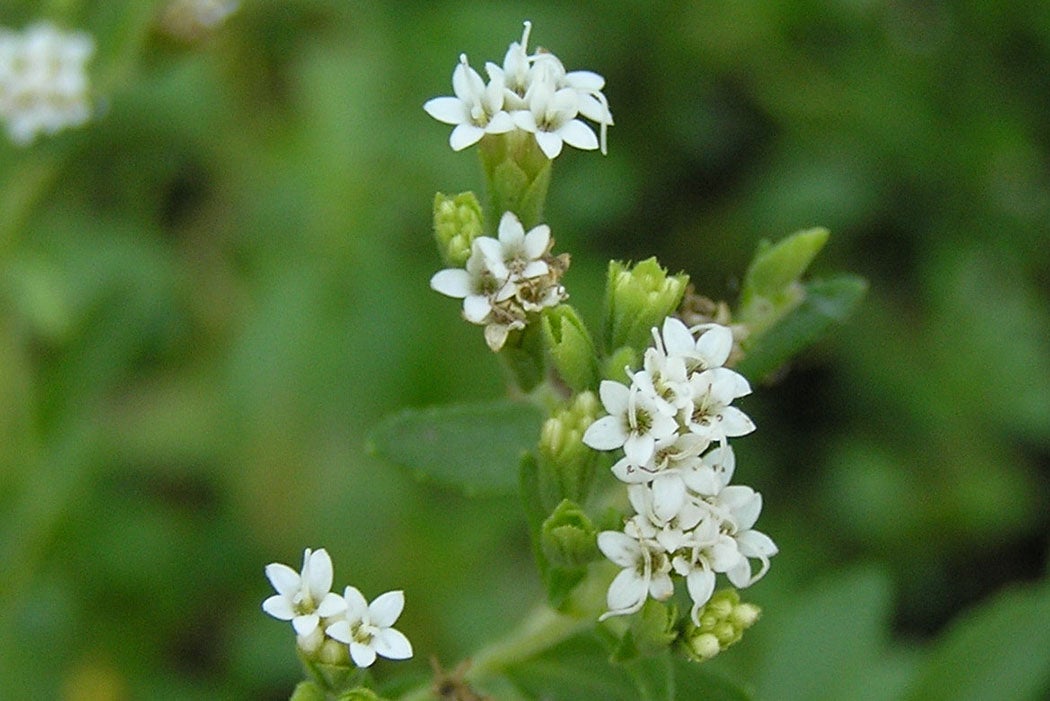Since its introduction in 2011, stevia has stormed the US sweeteners market, making its way into all kinds of treats. But, as historians Bridget Maria Chesterton and Timothy Yang write, its history is much longer than that.
The product we know as stevia is called ka’a he’e, meaning “the sweet herb,” in the Paraguayan language Guaraní. It’s native to only a small area in South America. There, Guaraní people have long used its licorice-flavored leaves as a medicinal herb to regulate blood sugar.
“It was, in other words, a diabetes medicine before diabetes had become a modern disease,” Chesterton and Yang write.
Prior to European contact, the Guaraní didn’t domesticate the plant nor use it as a sweetener. They rarely sweetened their foods, and when they did, they used honey.
In the early twentieth century, European researchers began studying ka’a he’e, giving it the botanical name Stevia rebaudiana Bertoni after the Swiss naturalist Moisés Bertoni. It’s the only member of the Stevia genus that’s naturally sweet. Bertoni recognized ka’a he’e’s potential as a powerful sweetener, claiming that he was “in the position to note that even in dosages much higher than necessary [for sweetening] it does not have any negative effects on the body.”
Word of the herb spread, and in 1928, the Washington Post reported on the wonder plant “containing some substances unknown to science 200 times sweeter than sugar.” However, the reporter noted that it had a bitter aftertaste that would have to be addressed to turn it into a commercially viable sweetener.
Chesterton and Yang explain that scientists didn’t turn to this project in a big way until the 1970s. At that time, Japan’s government banned artificial sweeteners such as saccharine due to their possible link to cancer. By the end of 1973, forty-three research centers in the country were studying the cultivation of ka’a he’e and seeking ways to extract non-bitter sweeteners from it. These products quickly made their way into Japanese seasonings, soft drinks, and ice creams.
Weekly Newsletter
By the 1980s, diet-obsessed Americans were taking note of this “ancient natural sweetener,” as one newspaper article put it. But the FDA banned importation of stevia in 1991, supposedly due to questions about its safety. Some reports at the time suggested that Monsanto and other manufactures of artificial sweeteners were pushing to keep it off the market. It took another agro-conglomerate, Cargill, to win FDA approval for its stevia-based product in 2009—and, in fact, the agency approved only “highly refined Stevia preparations” like Cargill’s Truvia, rather than the dried herb itself.
By 2013, 47 percent of Americans had a ka’a he’e-containing product in their homes, the vast majority of them from either Truvia or its chief competitor, Pure Via. But, thanks to the companies’ marketing of the product as generically “natural,” few were aware of its highly specific origin in Guaraní land.
Support JSTOR Daily! Join our new membership program on Patreon today.







